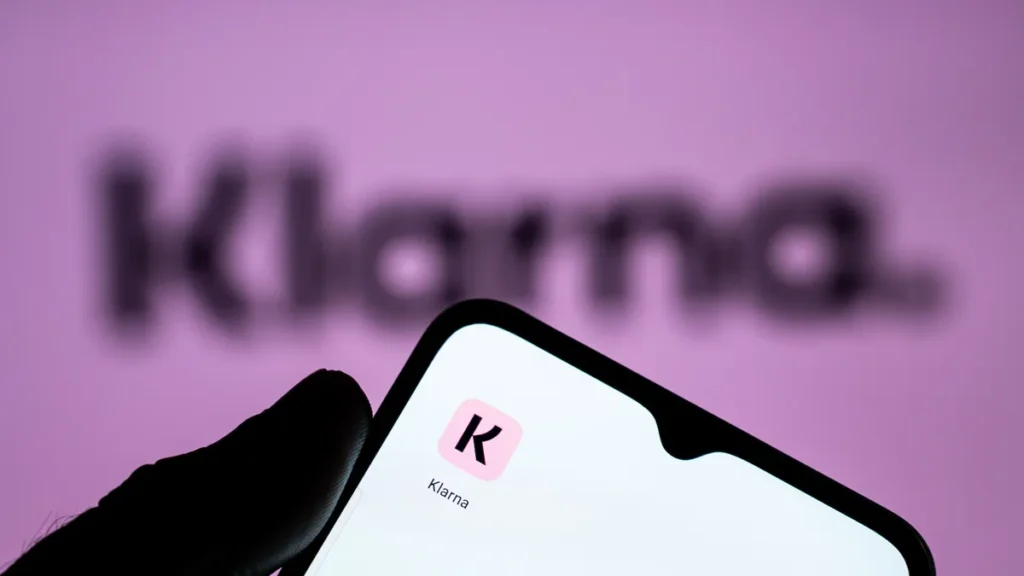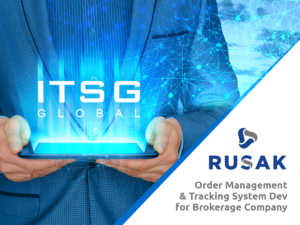AI bot replacing 700 employees? What does the Klarna case teach us about AI projects?
Quick Insights:
- Klarna’s AI success: $40M predicted savings, 2.3M chats, 20+ markets
- AI praise overshadowed by previous employee layoffs
- Employee involvement key to smooth AI adoption
The Power of AI in Customer Service
In February 2024, Klarna, the Swedish technology giant, announced a breakthrough in its customer service operations. The company’s new AI-powered chatbot, developed in partnership with OpenAI, took over a large portion of customer interactions in just its first month of operation.
According to CEO Sebastian Siemiatkowski, the AI assistant handled an impressive 2.3 million conversations across 23 markets and 35 languages – about 66% of all customer service chats. What’s more, the bot achieved with efficiency that matched or even exceeded human agents in some cases (Forbes).
AI Efficiency Cuts Both Ways
The numbers Klarna shared were certainly eye-catching:
- 25% reduction in repeated customer questions
- Average conversation time reduced from 11 minutes to 2 minutes
- Projected cost savings of $40 million in 2024
Most strikingly, Siemiatkowski stated that the AI was now performing “the equivalent job of 700 full-time agents.” This figure was particularly concerning. As reported by Fortune, Klarma experienced a 25% employee reduction by the end of 2023.
While Klarna maintains there is no direct connection between the layoffs and the AI implementation, this situation shows how delicate the situation on the market is.
The Klarna case underlines the critical need for clear and empathetic communication when implementing AI solutions. The company’s 2022 layoffs were marked by poor internal communication, leading to confusion and anxiety among employees (The Pragmatic Engineer). Siemiatkowski faced criticism following his post on X:

The post was met with resistance from the online communities, for whom the CEO’s perspectives seem inconsiderate. Regardless of the connection (or lack thereof) between AI bot and the layoffs, Klarna’s PR suffered a blow.
People-First AI Integration
Despite those controversies, there are examples of successful AI integration focused on enhancing workers, rather than replacing them.
Roadsurfer, a travel company, used AI to improve its onboarding process across eight countries and 36 locations, helping their new talent settle in more smoothly. Another company, Hypercontext employed an AI-backed chatbot to improve remote communication as the company transitioned to 100% remote work.
AI is equipped to handle more complex tasks. For example, The Straits Interactive developed a Data Protection Officer assistant which helps employees access and understand complex legal information (Zavvy).
If considered from this perspective, AI opens new ways to improve job satisfaction. Organizations that already use AI seem more open to flexible work structures. According to HRD Connect, 93% of businesses using AI were found to be more open to a 4-day work week. This suggests that human-first integration, when done thoughtfully, can lead to improved work-life balance and increase talent retention.
AI and Human Collaboration
While Klarna’s AI implementation demonstrates the incredible potential of the technology, it’s also a reminder of the need for a thoughtful, human-centric approach to AI adoption.
Business leaders should implement AI solutions for and with their employees, not over their heads. But how to make sure technology and employees complement each other’s strengths? Consider the following guidelines:
- Focus on augmentation, not replacement: Use AI as a tool to empower your workforce rather than replace it
- Invest in employee development: As AI takes over repetitive tasks, invest in upskilling and reskilling programs to help employees transition to higher-value roles. This can yield even higher results.
- Prioritize ethical considerations: Ensure that AI implementation aligns with company values and ethical standards. Disregarding those can significantly damage brand reputation.
- Monitor and adjust: Continuously evaluate the impact of AI on both business outcomes and employee well-being, adjusting as needed.
As we move forward, the most successful organizations will be those that find the right balance between technological innovation and human expertise, creating a workplace where both can thrive together.
If you consider integrating AI into your organization, check out our GenAI Accelerator Workshops. Change management and collaboration are integral to our offering. We provide training for leaders and offer continuous support to ensure your team understands and benefits from new workflows.





